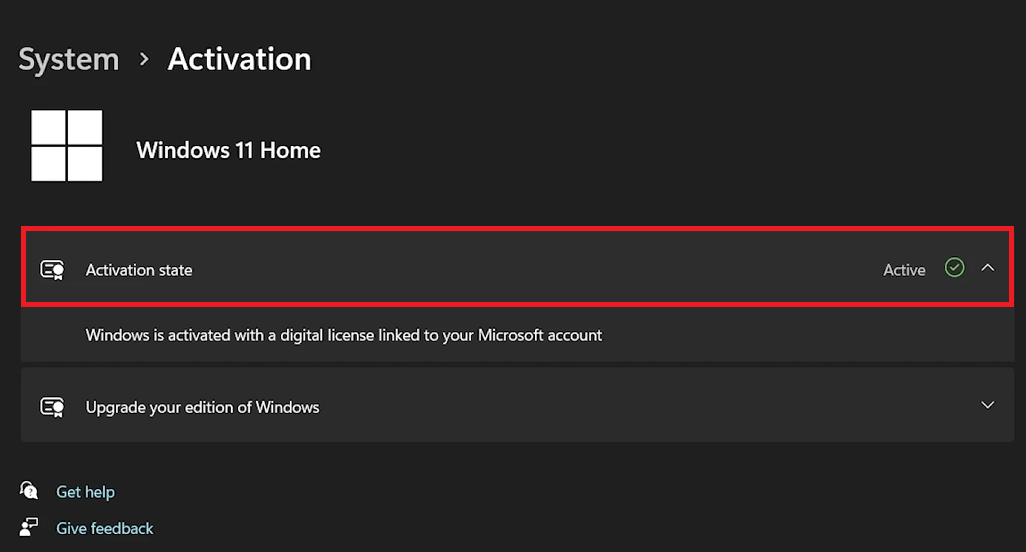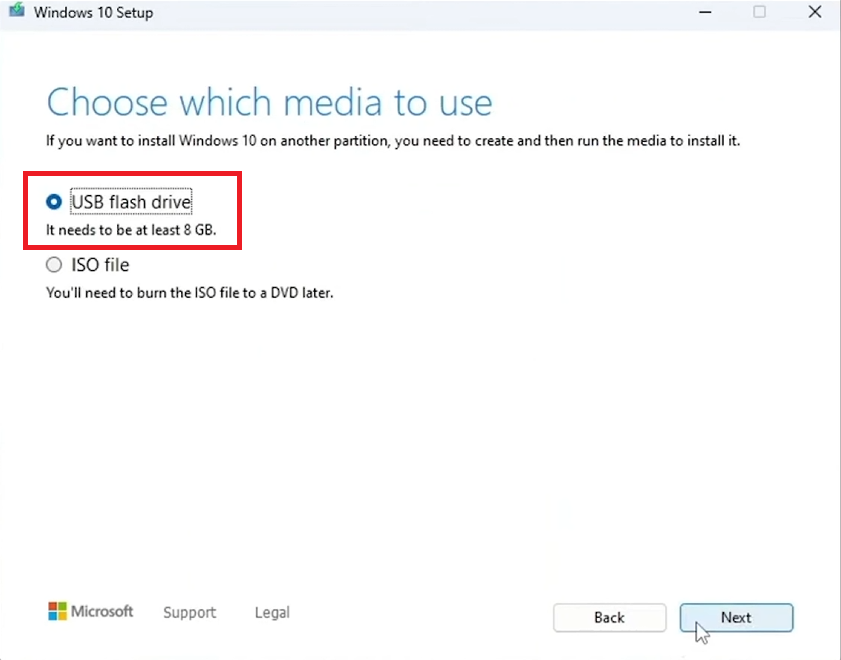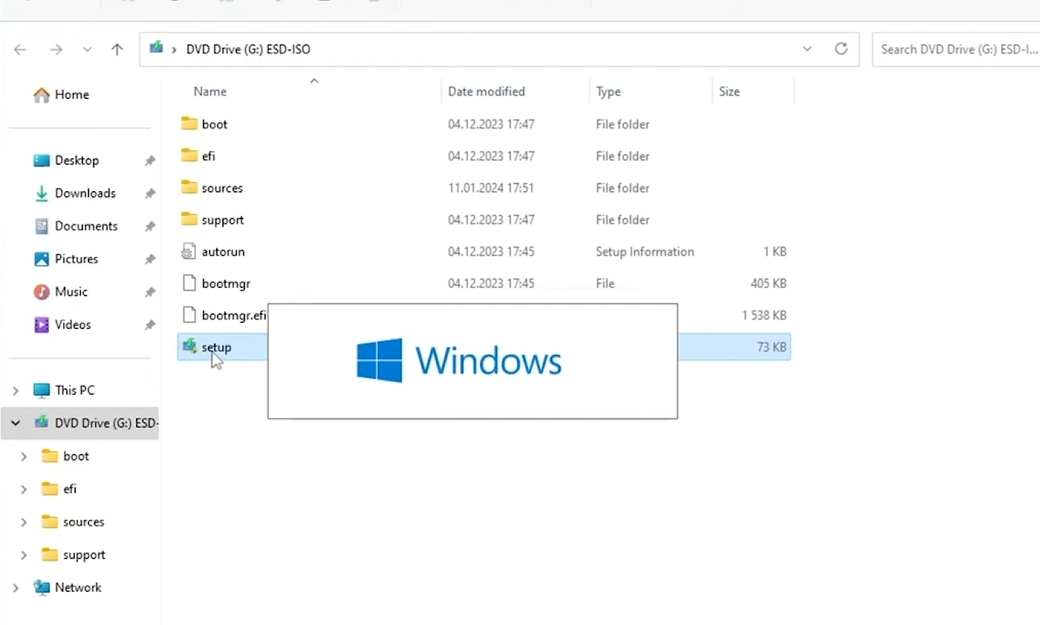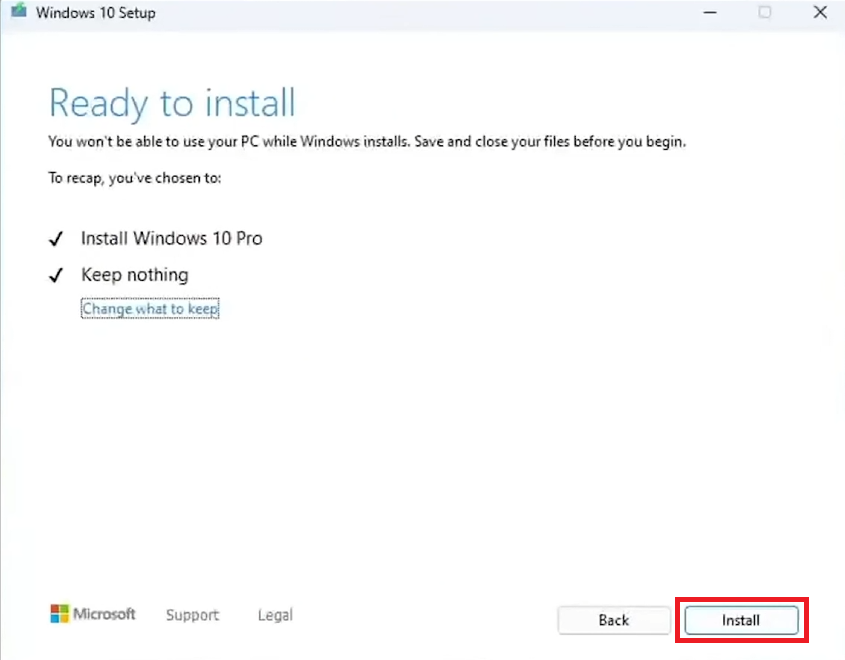How To Switch From Windows 11 Back to Windows 10
Introduction
Want to go back to the familiarity of Windows 10 from Windows 11? This guide will help you seamlessly transition back to Windows 10, ensuring you keep your data and Microsoft license intact.
Backing Up Your Data Before Downgrading
Secure Your Files:
Back up important documents, photos, and other files.
Use an external hard drive or USB flash drive.
Ensuring Windows Digital License Integrity
Maintain Activation:
Verify your Windows 11 digital license is connected to your Microsoft account.
Go to
Settings>System>Activationto check license status.
Access Windows services manager
Preparing Windows 10 Installation Media
Download Installation Tool:
Visit the Microsoft website to download the Windows 10 installation media tool.
Follow the prompts to download the tool.
Download Windows 10 installation media
Create Installation Media:
Launch the tool and agree to the license terms.
Select "Create installation media for another PC".
Choose language, edition, and architecture settings, then create the bootable USB or DVD.
Choose which media to use
Executing Windows 10 Installation
Install Windows 10:
Insert the bootable USB or DVD and restart your computer.
Access BIOS/UEFI settings (typically by pressing F2, F12, Del, or Esc during startup) to boot from the installation media.
Follow the prompts to start the installation.
Run the Windows 10 setup file
Perform Clean Installation:
Select “Custom: Install Windows only (advanced)” to perform a clean installation.
This will erase all data on the installation drive.
Complete Setup:
Follow the initial setup prompts for region, language, and keyboard layout.
Sign in with your Microsoft account, create a new account, or set up a local user account.
By following these steps, you can revert from Windows 11 to Windows 10 efficiently, ensuring your system is back to the familiar environment you prefer.
Windows 10 Setup is ready to install
-
Yes, you can still switch back to Windows 10 after the 10-day period; however, this requires a clean installation using the Windows 10 installation media, as the built-in rollback option will no longer be available.
-
No, your Microsoft license remains intact. Ensure your Windows 11 is activated with a digital license linked to your Microsoft account, allowing Windows 10 to automatically reactivate post-installation.
-
Before initiating the downgrade, back up all important files, documents, and photos to an external hard drive or USB flash drive. This step is crucial to prevent data loss during the clean installation of Windows 10.
-
If your device was previously activated with a digital license for Windows 11, you would not need a product key for Windows 10. The installation should automatically activate once connected to the internet, recognizing your device’s digital license.
-
Restart your computer and watch for a message on the startup screen indicating which key to press to enter the setup—common keys include F2, F12, Del, or Esc. Press the indicated key to enter your BIOS/UEFI and change the boot order to prioritize the USB/DVD drive.
















